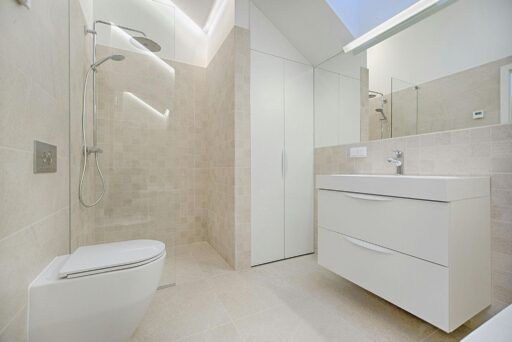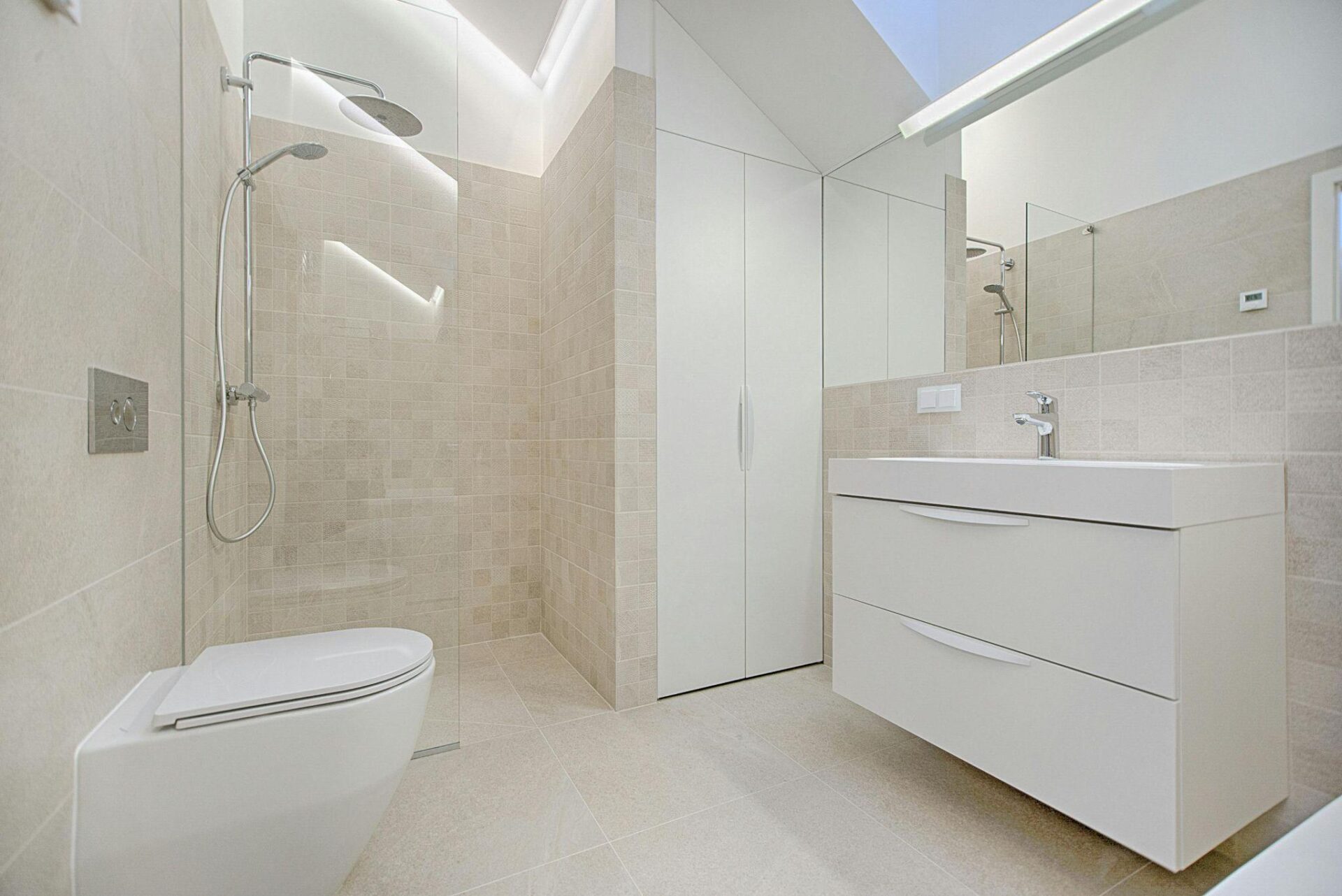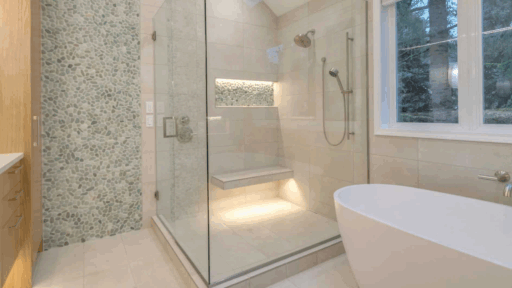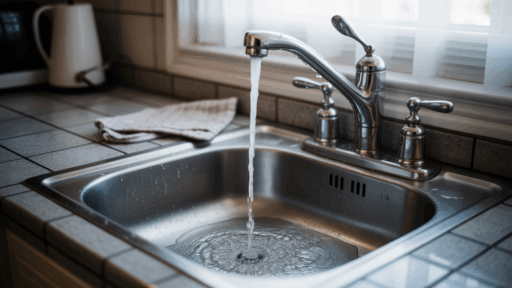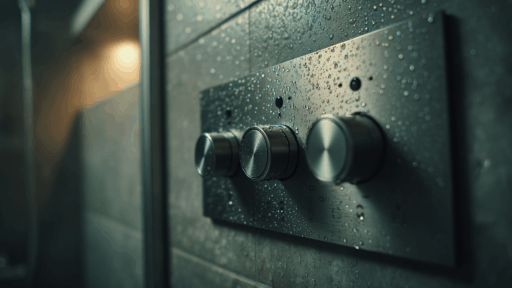Homeowners often think of kitchen remodels or solar panels when it comes to boosting property value—but smart plumbing upgrades can offer just as much return.
Not only do these updates improve water efficiency and lower utility bills, they also enhance the comfort, hygiene, and long-term integrity of your home. Whether you’re renovating for resale or simply want a better day-to-day experience, it pays to know where your plumbing can work smarter, not harder.
Upgrade to Water-Efficient Fixtures
Low-flow toilets, aerated faucets, and high-efficiency showerheads have come a long way. Today’s models don’t just save water—they maintain pressure and performance. Replacing outdated fixtures can reduce your household water use by up to 30%, helping both the planet and your wallet.
Smart upgrade ideas:
- Swap old showerheads for WaterSense-certified models
- Install dual-flush toilets for flexible water use
- Use faucet aerators to cut water flow without reducing pressure
How to get started:
- Audit your fixtures. Walk through your home and note which ones are over 10 years old.
- Check flow rates. A standard showerhead uses 2.5 GPM (gallons per minute); new models go as low as 1.5 GPM.
- Look for rebates. Some cities or utility providers offer incentives for installing water-efficient fixtures.
These upgrades are often simple to install and are a low-cost way to modernize bathrooms and kitchens.
Install a Smart Leak Detection System
Small leaks can go unnoticed for months, silently causing water damage, mold growth, and high water bills.
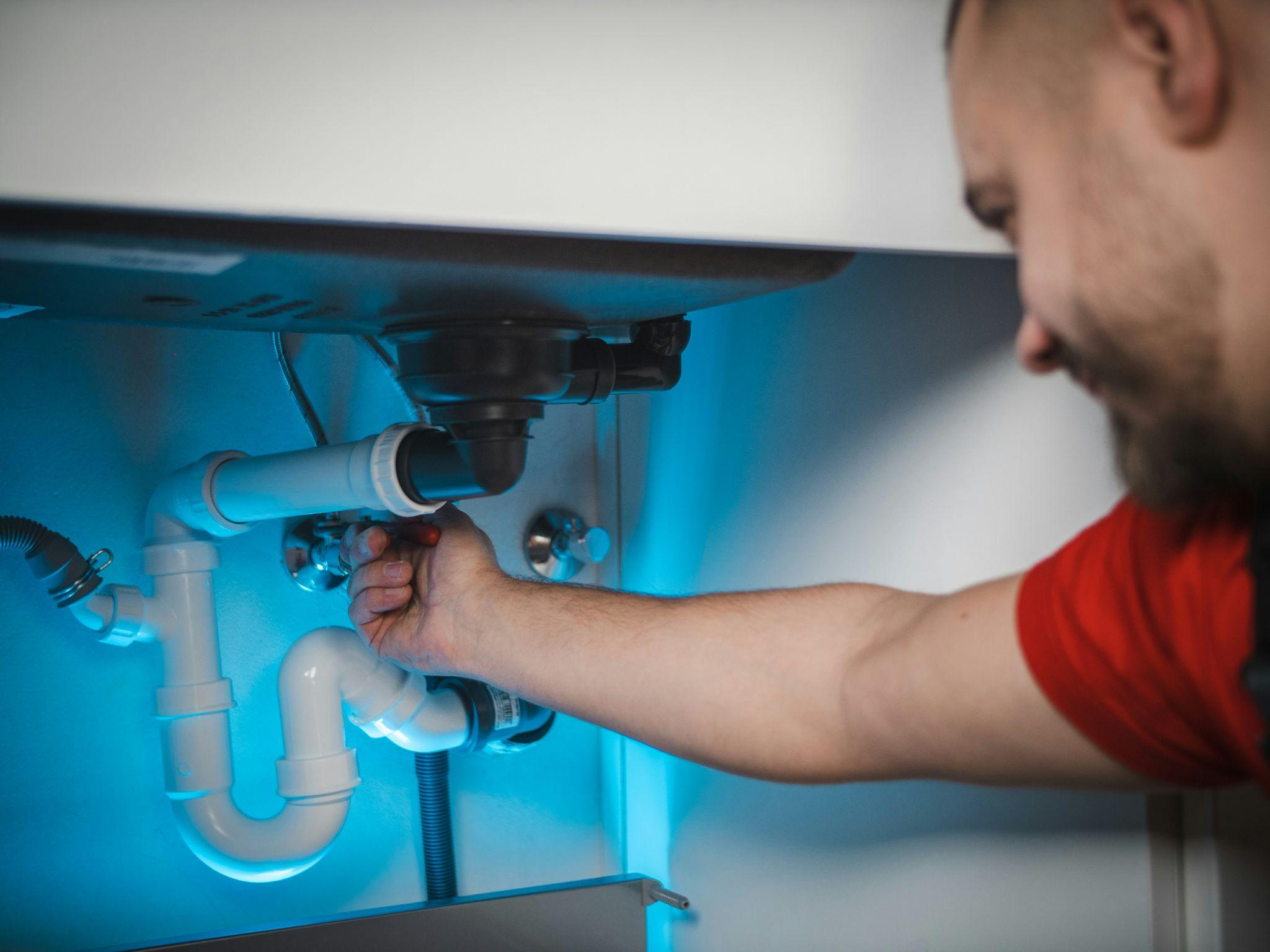
Photo by Timur Shakerzianov on Unsplash
Smart leak detectors offer peace of mind by sending real-time alerts to your phone the moment moisture is detected. Some advanced models even shut off your water supply automatically to prevent disasters.
Where to install smart leak detectors:
- Under kitchen and bathroom sinks
- Behind dishwashers or washing machines
- Near water heaters or HVAC condensate lines
- In basements or crawl spaces prone to flooding
Quick installation tips:
- Choose a Wi-Fi-enabled system with battery backup for uninterrupted monitoring.
- Use adhesive or magnetic bases to secure sensors in hard-to-reach places.
- Connect your system to a smart home hub (like Alexa or Google Home) for added control.
Bonus: Installing leak detection tech may qualify you for home insurance discounts—check with your provider.
Consider a Tankless Water Heater
Unlike traditional water heaters that store a set amount of hot water, tankless systems warm water only when you need it—saving energy and ensuring an endless supply.
Benefits of going tankless:
- Instant hot water with no wait time
- Lower energy bills thanks to on-demand heating
- Space-saving design perfect for small utility rooms
- Longer lifespan—often 20+ years with proper care
How to make the switch:
- Evaluate your household’s hot water needs. Larger families may need multiple units or higher GPM-rated models.
- Consult a licensed plumber to determine compatibility with your home’s water pressure and gas/electric supply.
- Ask about rebates or tax incentives for energy-efficient appliances.
While the upfront cost is higher, many homeowners find the long-term savings and comfort well worth it.
Pay Attention to Drain Health
Even in beautifully renovated homes, plumbing systems are easy to ignore—until something goes wrong.
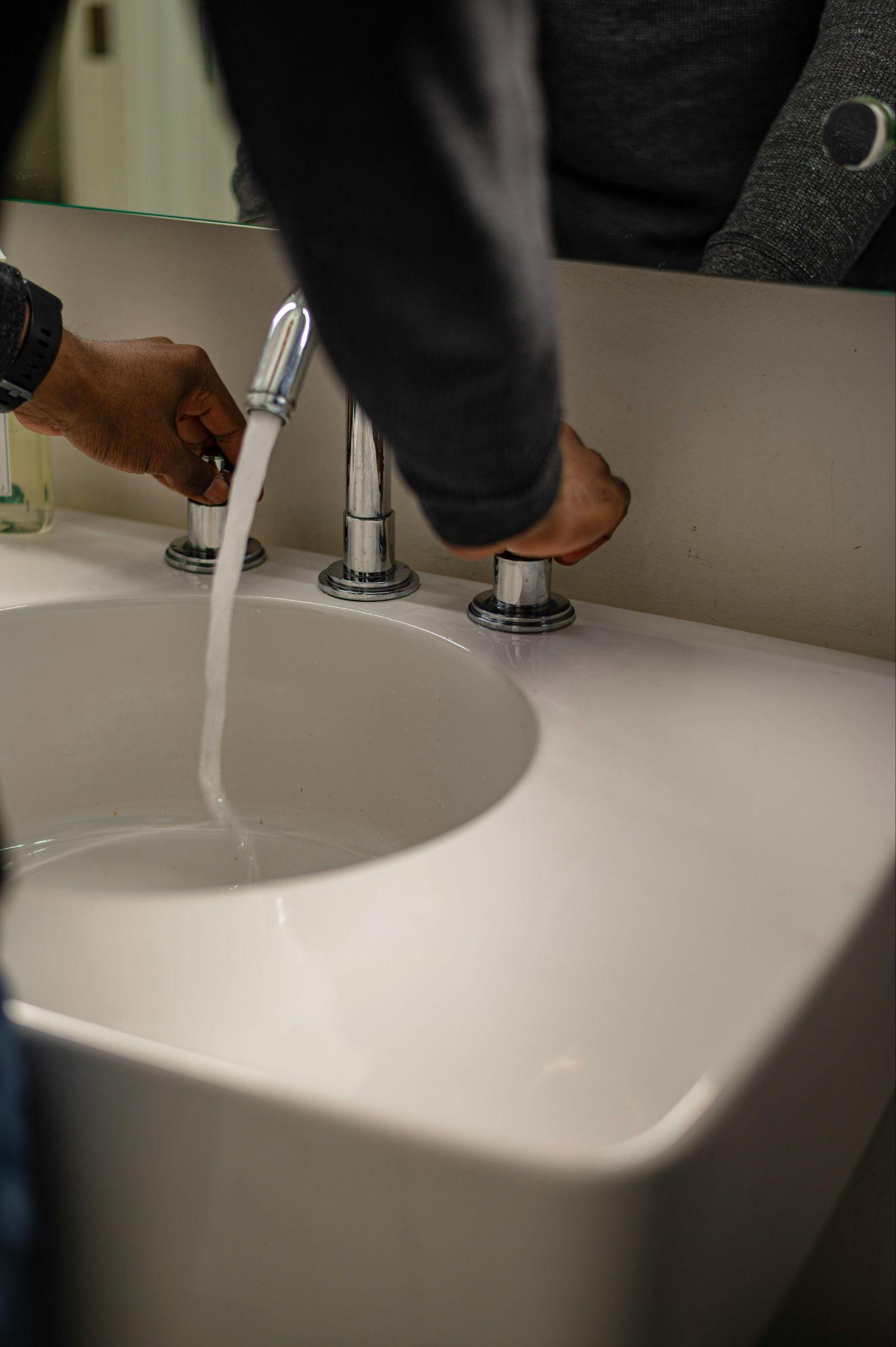
Photo by PNW Production: https://www.pexels.com/photo/a-person-s-hand-holding-a-silver-faucet-7327156/
Gurgling sounds, foul odors, or slow drainage can all point to clogs, improper venting, or buildup inside the pipes.
As a plumber Newcastle – EnviroMate Plumbing wisely puts it:
“Healthy drains should not make any sound, let alone such a distinct one, so it’s an easy one to identify.”
Early warning signs of drain trouble:
- Gurgling noises when flushing or draining
- Standing water in sinks or tubs
- Persistent sewer smells near drains
- Frequent use of drain cleaners or plungers
Smart plumbing upgrades to consider:
- Install drain strainers in showers and kitchen sinks to prevent debris buildup.
- Use enzyme-based cleaners monthly to break down organic material safely.
- Schedule a camera drain inspection every few years—especially in older homes.
Catching and addressing these small issues early can help prevent costly damage and preserve your plumbing’s long-term performance.
Upgrade to PEX or Copper Piping
Outdated plumbing materials like galvanized steel or polybutylene aren’t just inefficient—they’re prone to leaks and corrosion. Upgrading your plumbing to PEX or copper piping is one of the smartest long-term improvements you can make.
Why consider modern piping?
- Improved water pressure and flow
- Fewer leaks and reduced maintenance
- Better water quality with less contamination risk
- Higher resale value and peace of mind for future buyers
PEX vs. Copper:
- PEX (cross-linked polyethylene) is flexible, easy to install, and more affordable—perfect for retrofits or tight spaces.
- Copper is highly durable, naturally antimicrobial, and fire-resistant, with a track record of lasting 50+ years.
Pro Tip: If you’re already remodeling a kitchen, bathroom, or laundry room, that’s the ideal time to tackle a pipe upgrade.
Add a Greywater System
If sustainability is part of your lifestyle (or your selling point), a greywater system is an eco-forward plumbing upgrade worth considering. These systems recycle gently used water from sinks, showers, and laundry, redirecting it for outdoor use like garden irrigation.
Benefits of a greywater system:
- Reduces strain on municipal water supplies
- Cuts outdoor water bills significantly
- Ideal for homes in drought-prone or dry climates
- Adds eco-appeal to your property for future buyers
How to get started:
- Check local regulations. Some areas require permits or specific system types.
- Identify greywater sources. Focus on easy-access areas like bathroom sinks and washing machines.
- Hire a licensed plumber to design and install a system that fits your home’s layout and yard needs.
- Use greywater-friendly soaps and detergents to avoid harming plants.
While retrofitting is possible, greywater systems are easiest to install during a home build or major renovation.
Final Thoughts
Smart plumbing upgrades are often out of sight, but they deliver big benefits in function, savings, and resale value.
Whether you’re tackling a full renovation or simply replacing key components, start by identifying weak points—like noisy drains or an old water heater—and invest in technology and materials that will serve your home well for years to come. Because in the world of plumbing, prevention and efficiency go hand in hand.

